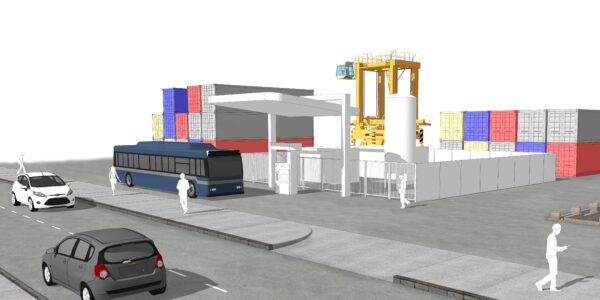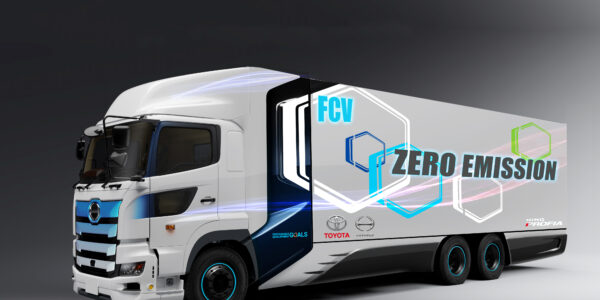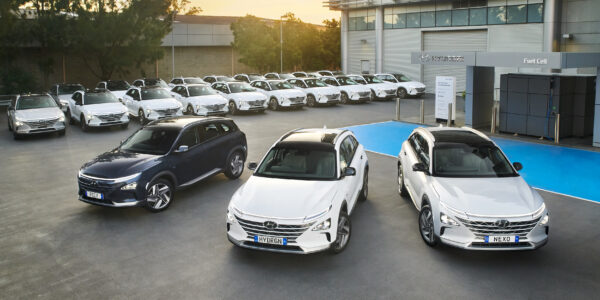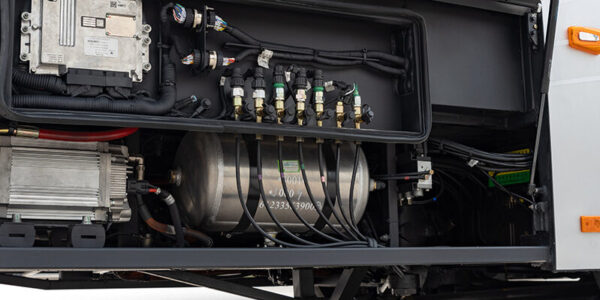Hydrogen hybrids: Best of both worlds or flash in the pan?
- PostedPublished 27 March 2023
Some car-makers are banking on combining plug-in hybrid and hydrogen fuel cell technologies to create plug-in fuel cell electric vehicles (PFCEVs) as a way to partially meet their carbon neutrality goals.
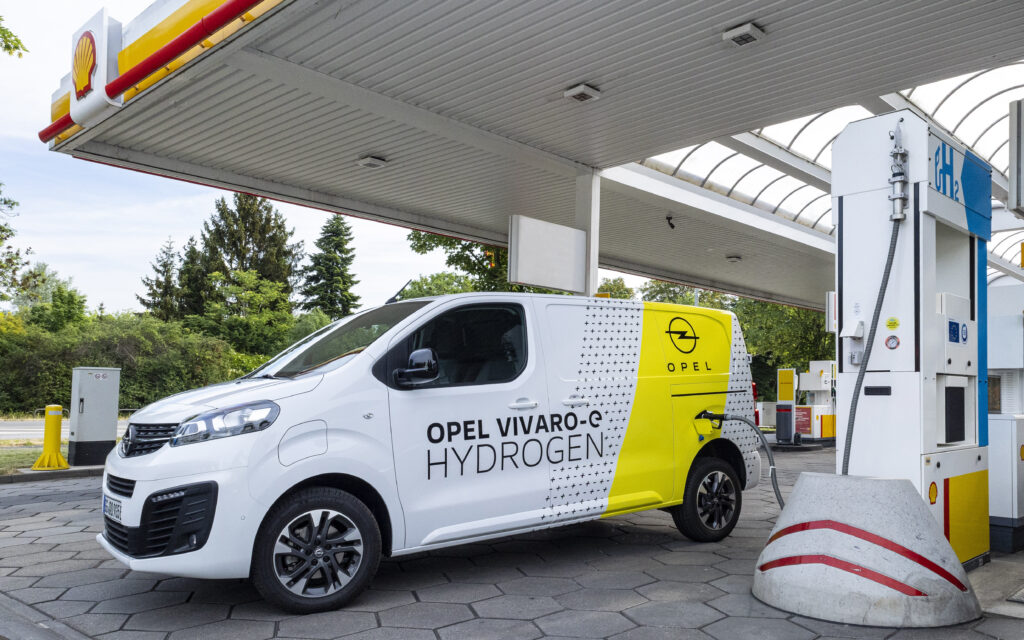
Why the shift towards PFCEVs?
Put simply, they address the elephant in the room of hydrogen refuelling infrastructure – specifically the lack of it.
This has impaired the growth of the fuel cell market, which has made it difficult for FCEVs to gain traction.
By combining a battery drivetrain with a hydrogen fuel cell stack, car-makers have created the PFCEV.
GLOSSARY
- Internal combustion engine (ICE): Burns fuel to spin a crankshaft for powering a drivetrain.
- Battery electric vehicles (BEV): Use mains charged batteries to power an electric drivetrain.
- Plug-in hybrid electric vehicles (PHEV): Use a mains charged battery to supplement the ICE or drive small distances without using the ICE. Can recharged while driving using the ICE as a generator combined with regenerative braking.
- Extended range electric vehicles (EREV): Closer to a BEV than a PHEV. A small ICE generates electricity for supplementing the battery but does not directly drive the wheels or have enough power to recharge the battery while driving.
- Hybrid electric vehicles (HEV): Often called ‘self-charging hybrids’ HEVs are similar to PHEVs but with a smaller battery capacity and no plug-in option.
- Mild hybrid electric vehicles (MHEV): Use a small battery and motor-generator connected to the engine to mildly assist performance and recoup charge when braking. Cannot run on electricity alone.
- Fuel cell electric vehicles (FCEV): Use compressed hydrogen and oxygen from the air to generate electricity inside a fuel cell stack that powers an electric drivetrain. Cannot drive on battery alone.
- Plug-in fuel cell electric vehicles (PFCEV): Combine the features of a FCEV with a BEV.
Some PFCEV features include:
- Longer driving range than BEVs
- Three-minute hydrogen refuelling
- Battery-only driving capability
- Rapid battery charging (where hydrogen filling is not available)
- Overnight charging
- Hydrogen-only driving
- Combined electric and hydrogen driving for increased efficiency.
To some car-makers, PFCEVs address the range anxiety issues that put many FCEV buyers off because their battery-only driving capability reduces reliance on hydrogen fuel.
For this reason, the current restricted availability of hydrogen refuelling stations is less of a barrier to reaching a pivotal point in PFCEV uptake.
This will in turn push up demand for hydrogen refuelling stations, helping future-proof the technology as a viable alternative to BEVs – which went through this phase too.
Another advantage of PFCEVs compared to BEVs is the vehicle’s weight-to-distance ratio, due to the smaller battery pack and hydrogen being an ultra-light gas.
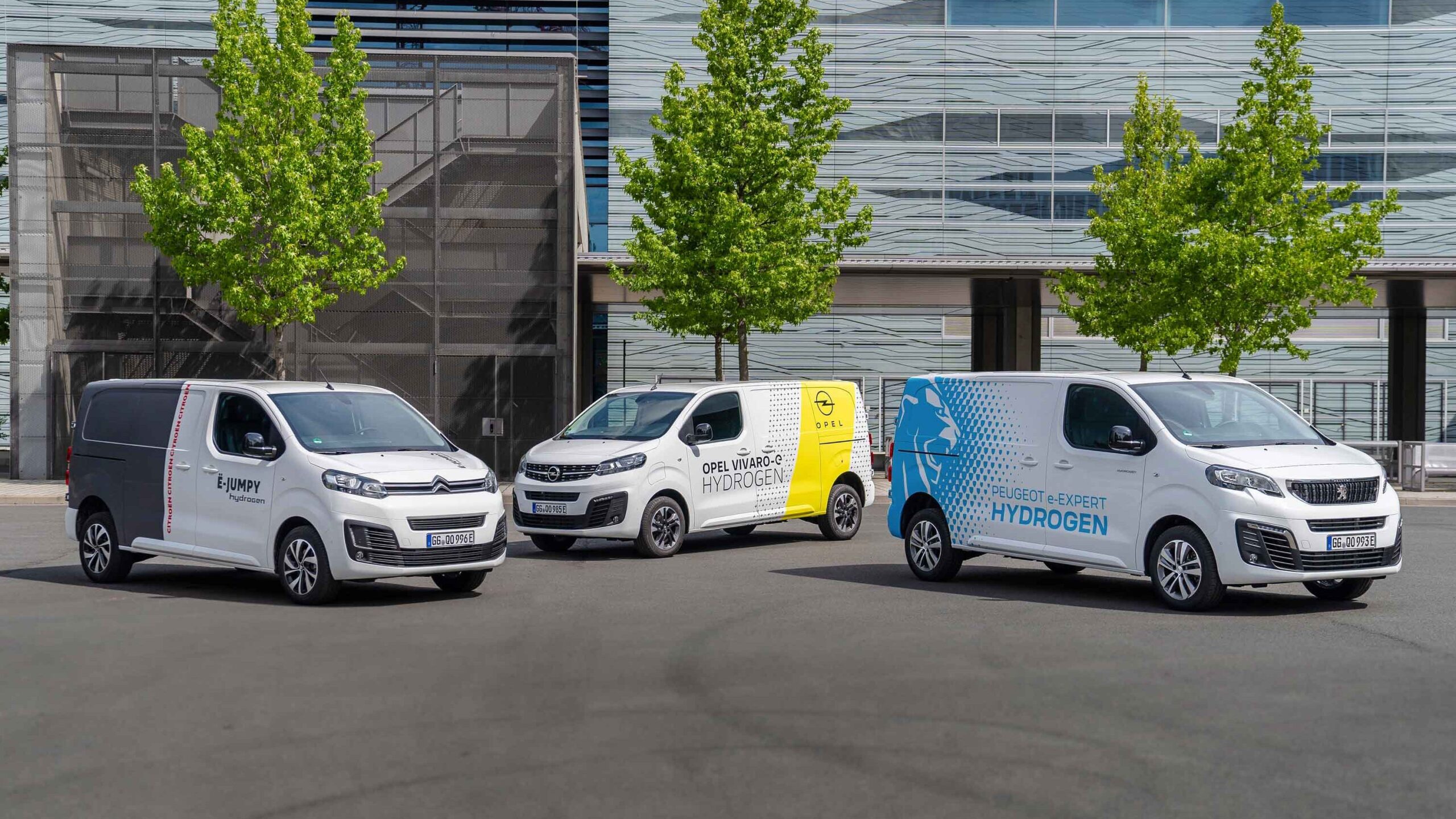
Compared with BEVs, increased range does not make a huge difference to the overall weight of a PFCEV, which is mostly determined by its hydrogen storage capacity.
For longer ranges (more than 450km) this is specifically crucial as, unlike BEVs, there is no tipping point where the weight of hydrogen fuel storage starts to affect driving range.
PFCEVs are currently the cleanest of all BEV alternatives, further improving public and fleet appeal, as when using hydrogen the only tailpipe emissions are water and heat.
Similar to BEVs, the method of generating the energy that produces the hydrogen determines the true carbon footprint per kilometre.
Upcoming PFCEVs
Stellantis will be the first to put light commercial PFCEVs on the road, with the introduction of the Peugeot e-Expert Hydrogen, Citroen e-Jumpy Hydrogen and Opel Vivaro-e Hydrogen.
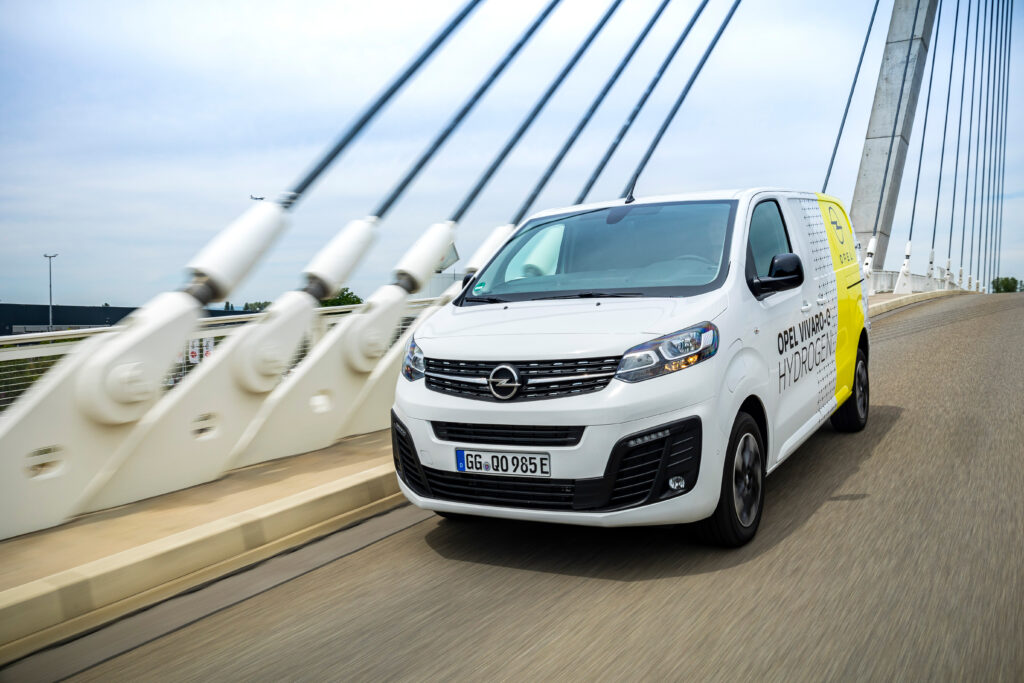
Rather than using a 75kWh battery as found in the BEV variant, hydrogen models use a smaller 10.5kWh battery combined with three tanks storing 4.4kg of hydrogen, giving a real-world range of more than 400km, with on-board battery charging from the fuel cell where mains power is unavailable.
Performance is via a single electric motor producing 100kW and 260Nm, delivered dynamically. For example, at start-up the battery alone provides power for performance, at steady speeds the fuel cell takes over, and during acceleration or times of high load the battery and fuel cell work together. During braking and deceleration the motor-generator recharges the battery.
In late 2018 Mercedes, working in collaboration with Ford and Nissan to improve hydrogen infrastructure, launched the world’s first PFCEV, called the GLC F-Cell.
Available on lease by invitation in Germany only, its production run of a few hundred examples was short-lived and by 2020 the project was axed due to costs. The Mercedes GLC F-Cell had a range of 478 km with its 4.4kg hydrogen tank and its 13.5kWh battery.
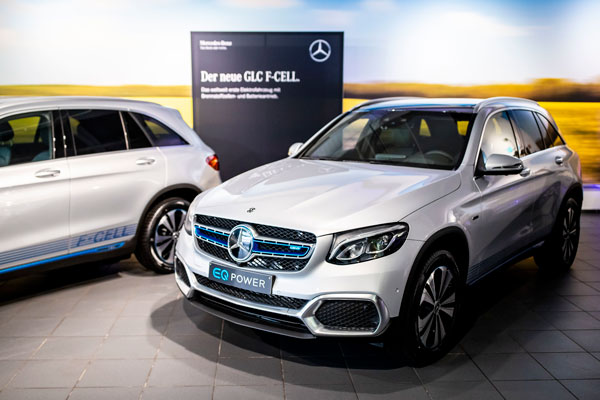
Stellantis believes that initially PFCEVs are best utilised for commercial transportation, with which Daimler Trucks – of which Mercedes-Benz Group is the biggest shareholder – seems to agree, as in 2020 it joined forces with the Volvo Group to jointly develop heavy-duty FCEV vehicles, putting passenger vehicles on hold.
Honda, on the other hand, has announced that its next hydrogen passenger vehicle will be a PFCEV-powered CR-V. It will be the first North American market PFCEV to be given the green light for production, with an expected arrival sometime in 2024.
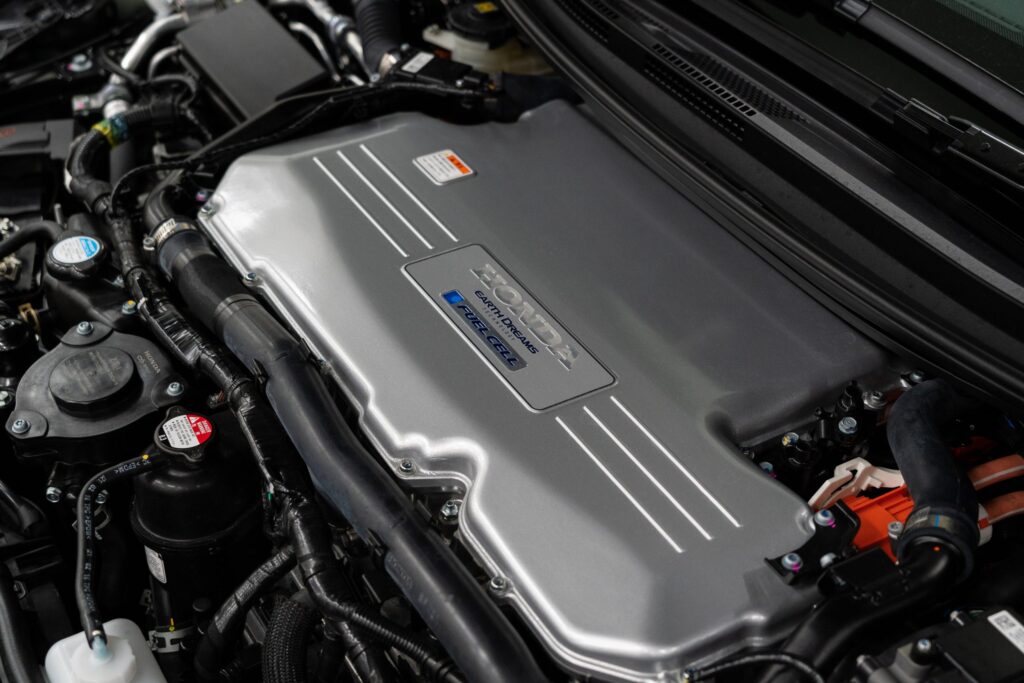
Although Honda has not yet announced specifications, it says the CR-V PFCEV is capable of battery-only driving around town, as well as using energy from the fuel cell and regenerative braking to charge its battery pack.
By developing fuel cell systems and manufacturing as part of a joint-venture with General Motors, Honda has aimed to improve quality while significantly reducing production costs through the use of new materials.
Honda has also helped prepare the way by investing $14 million into California’s hydrogen refuelling infrastructure.
PFCEVS in the pipeline:
- Land Rover Defender
- Ineos Grenadier
- Hyundai Staria
- Hyundai Nexo
- Toyota HiLux
- Range Rover
- Kia Carnival
- BMW iX5
Another path for hydrogen?
Toyota’s Corolla Cross H2 Concept is a prototype road car powered by a 1.6-litre turbocharged three-cylinder ICE from the GR Corolla hot hatch, re-engineered to run on high-pressure direct injection hydrogen.

Although hydrogen produces near-zero CO2 when burnt this way, it does generate harmful NOx emissions, so although not perfect, Toyota sees hydrogen ICE as a stepping stone to bringing accessible CO2 reduction solutions to market faster.
Advantages include the opportunity to use existing and familiar ICE technology while reducing the reliance on limited resources such as lithium and nickel.
- CategoriesIn SightGlass
- TagsHydrogen, hydrogen cars, hydrogen fuel cell, hydrogen hybrid, SightGlass News Issue 28

